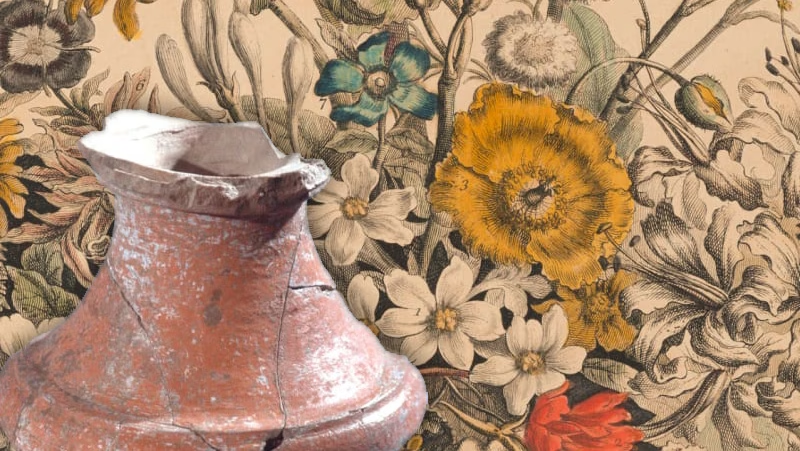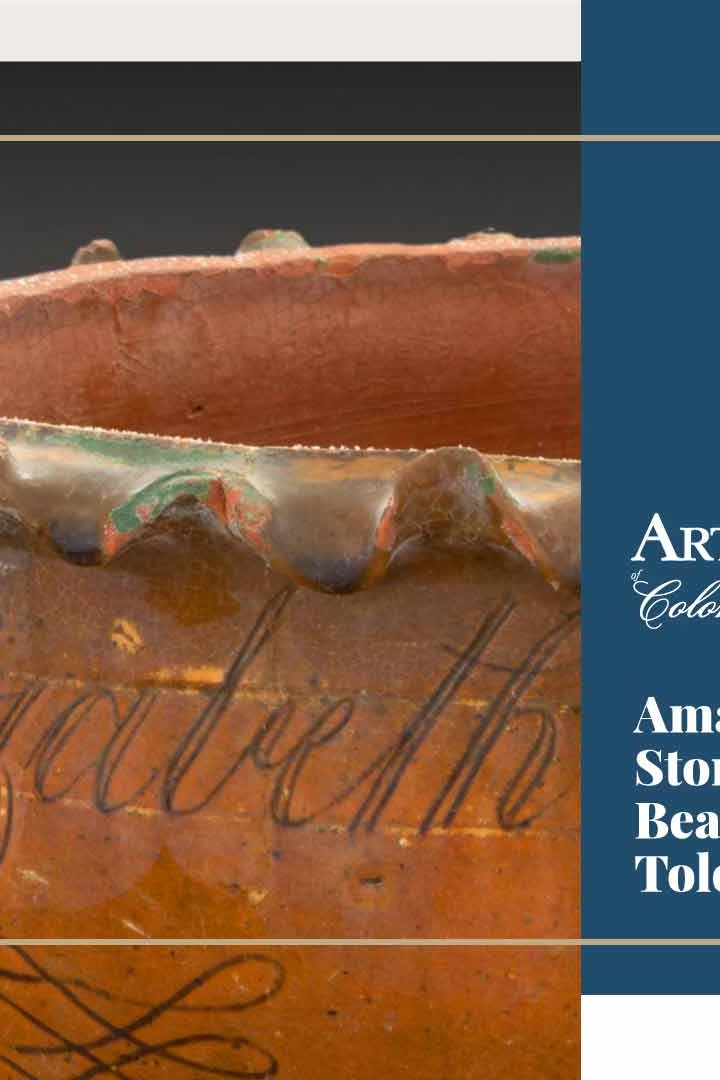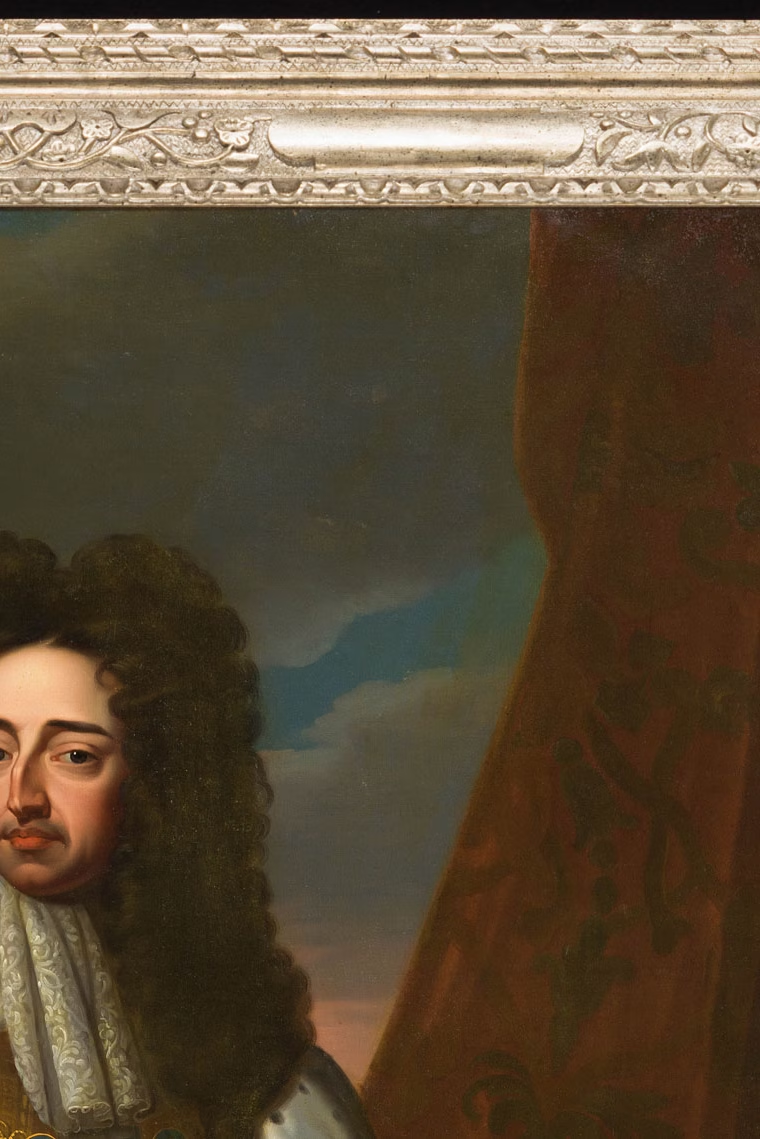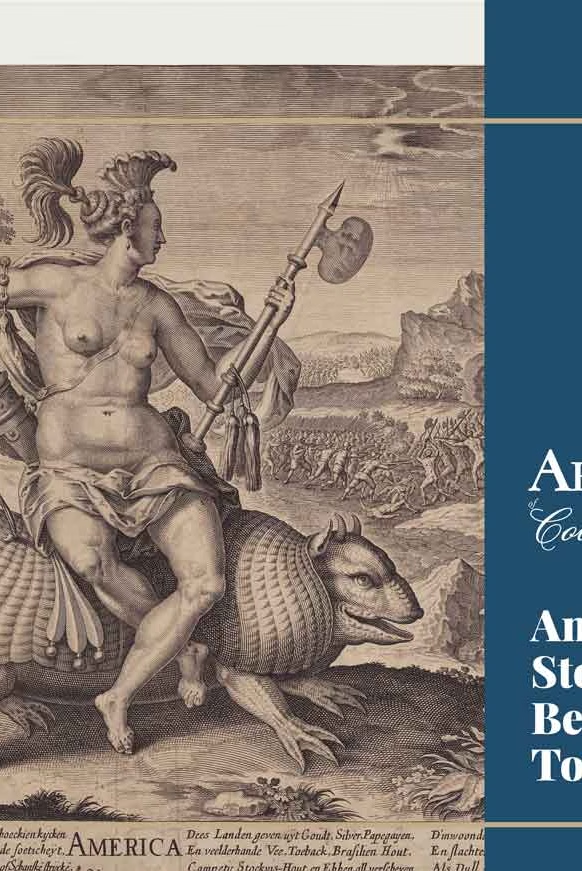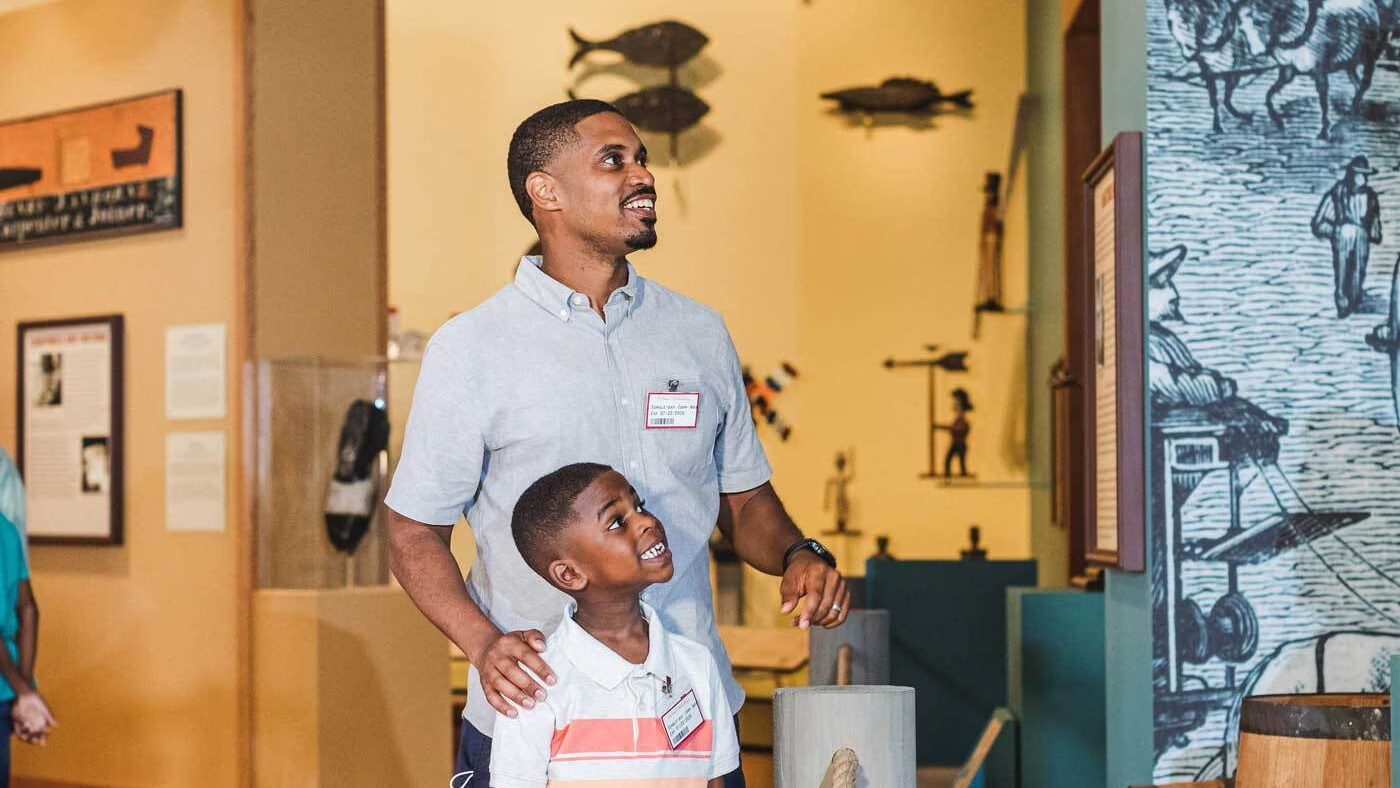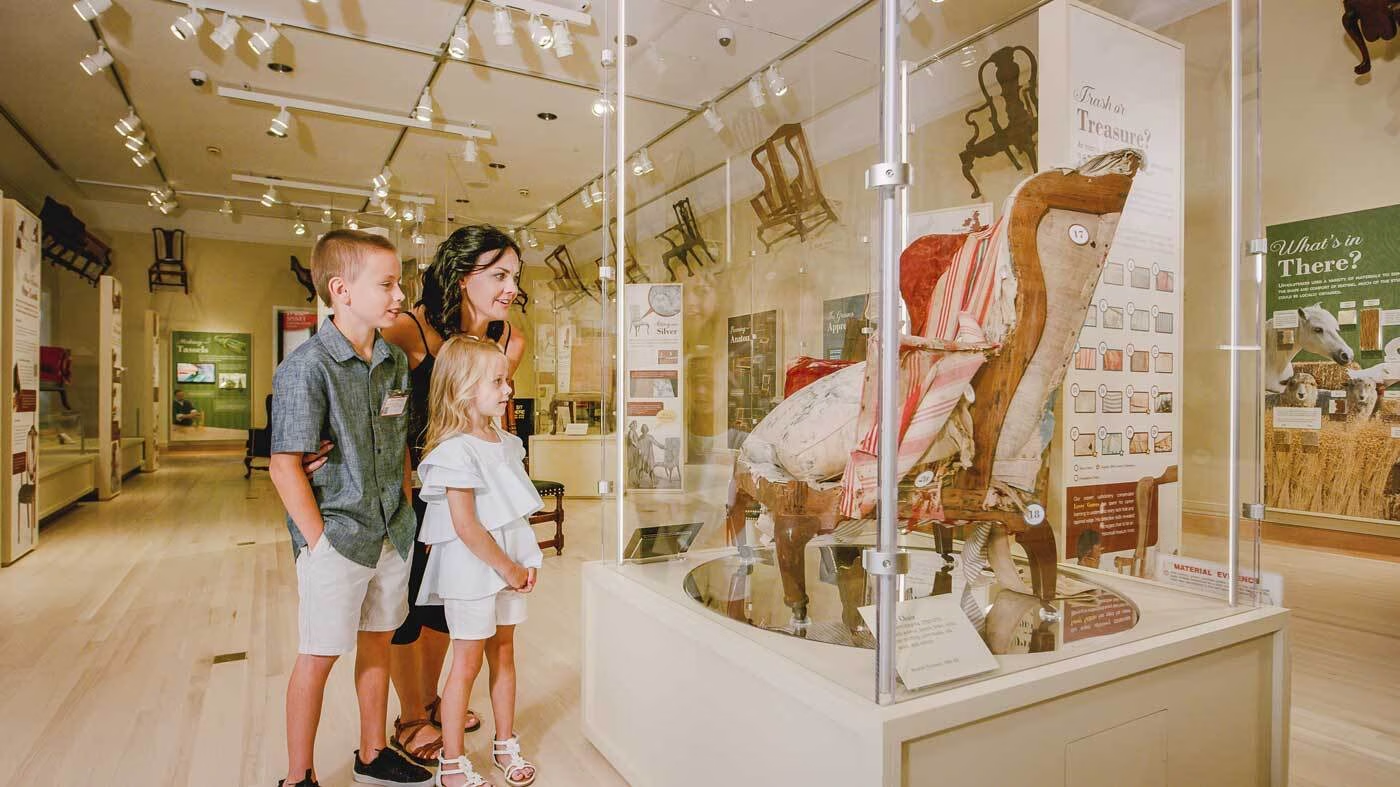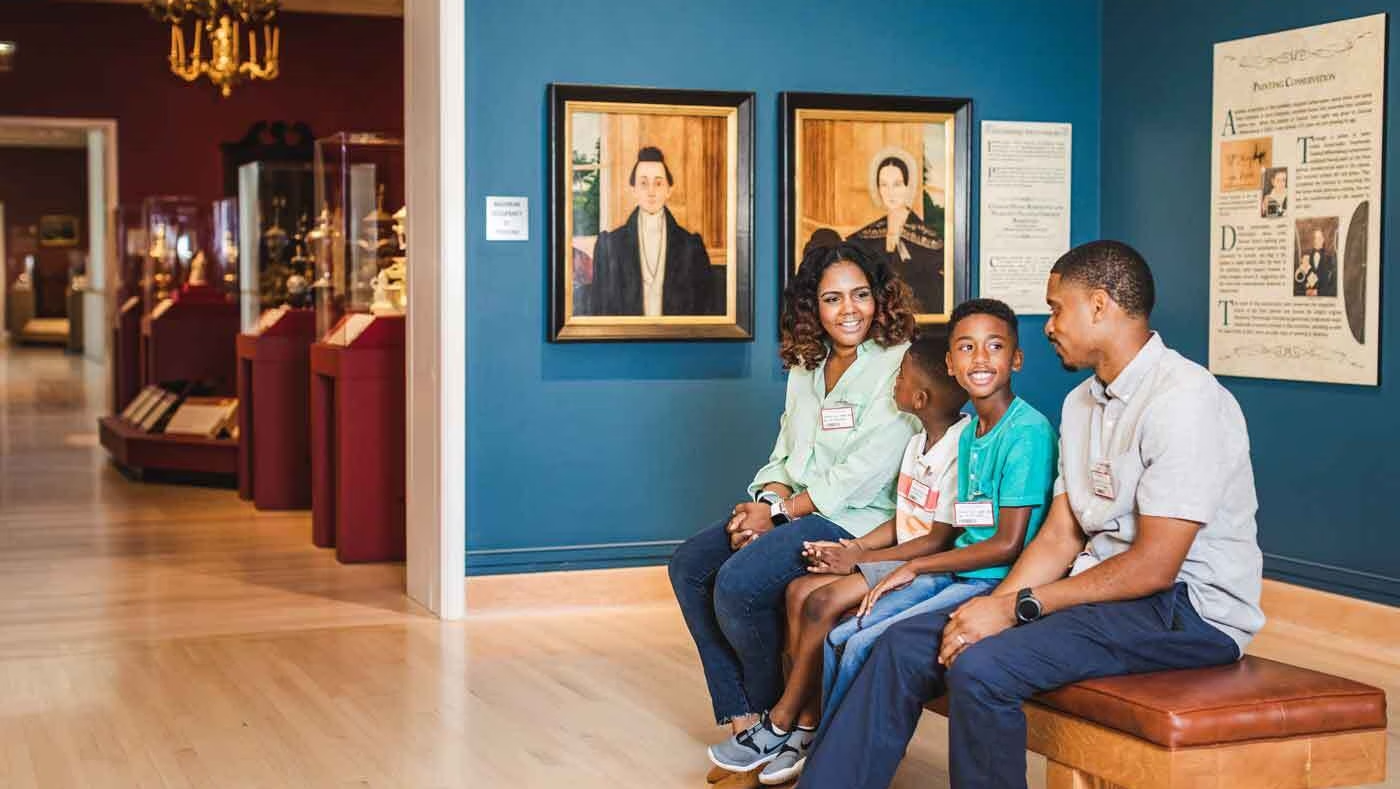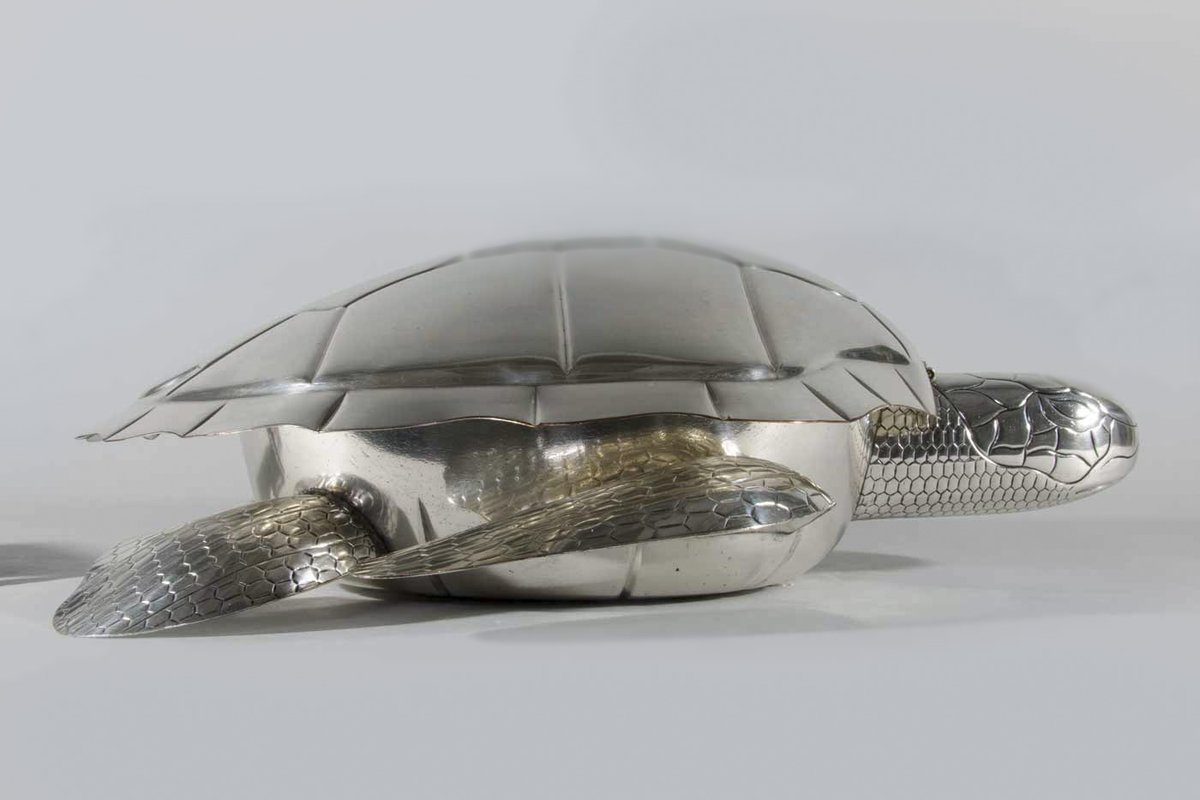
Conserving Sir Reginald the Turtle
Every object has a story. The Art Museums of Colonial Williamsburg tell the stories of a breathtaking range of folk and decorative art. Let's explore this turtle soup tureen from our collections. Like this kind of stuff? We've got tons of it.
What is it?
How do you eat your turtle soup?
This soup tureen, made in early nineteenth-century England, is shaped like a sea turtle. The person who donated this object to the Colonial Williamsburg Foundation’s art collection named him “Sir Reginald.” He is a favorite among Art Museums staff.
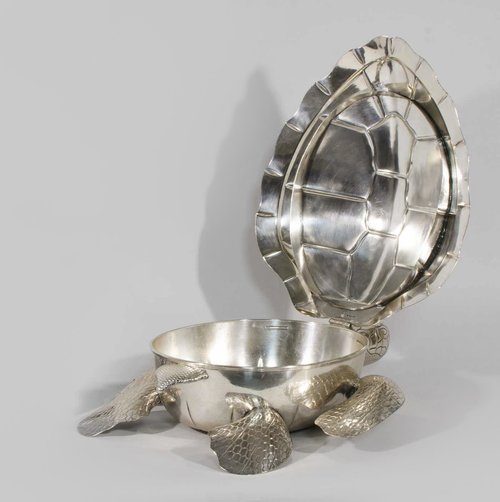
What’s the Story?
This soup tureen is shaped out of fused silver plate, also known as “old Sheffield plate.” Before it is made into an object, fused silver plate is a metal sheet with a copper core and a thin layer of sterling silver on one or both sides. This sheet can then be formed into an object that looks like solid silver, but at a fraction of the cost. This means that—though the discerning eye can tell that he is not—Sir Reginald appears to be made completely of silver.
Unfortunately, silver tarnishes. That is where conservation can help.
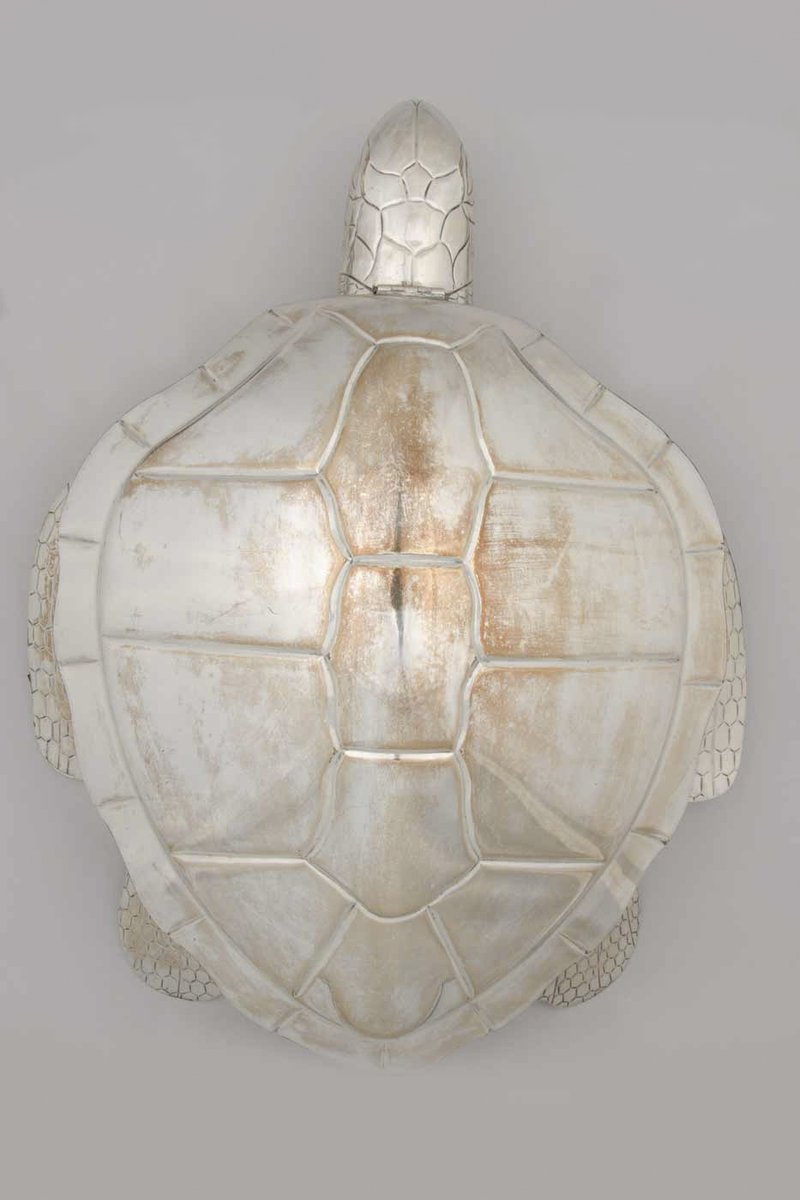
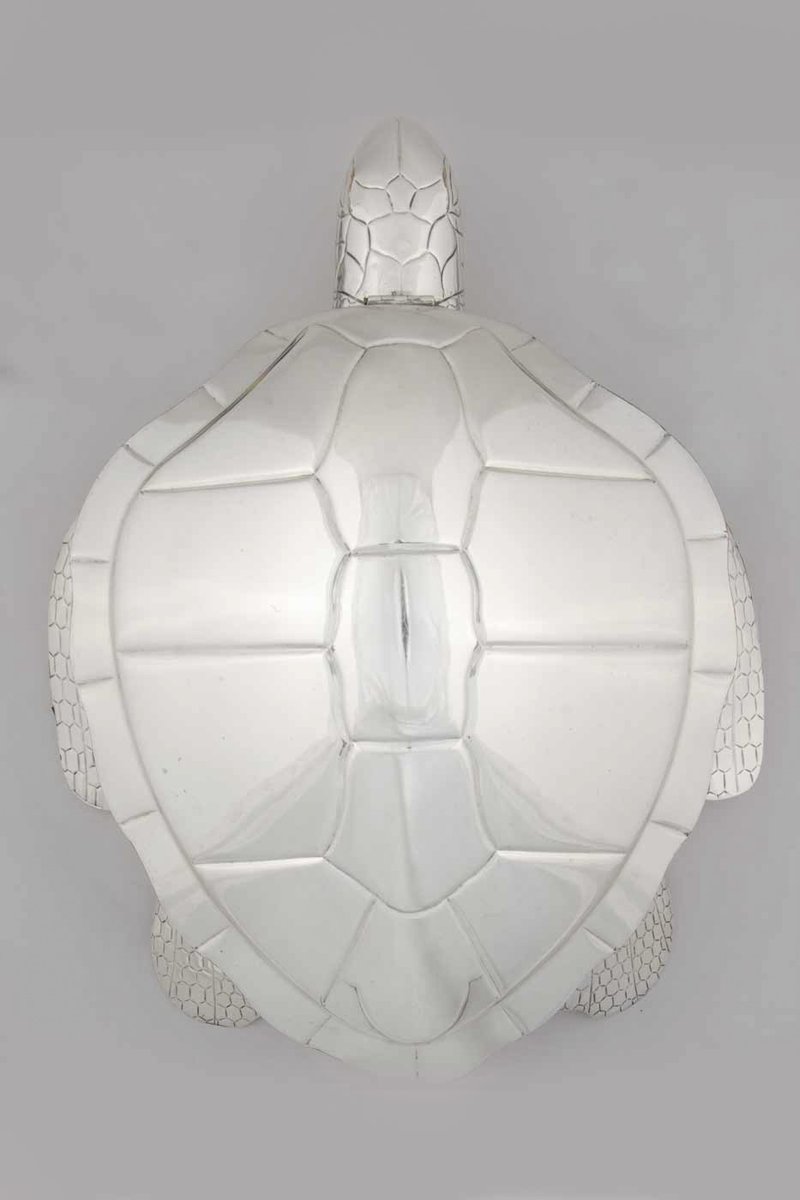
Tarnished silver is the development of a layer of corrosion caused by interactions with chemical compounds in the air, often sulfur. Polishing silver removes a thin surface layer of the original metal from the object, so it is preferable to polish as infrequently as possible. Instead, we lacquer silver objects to prevent tarnishing and delaying the need for polishing for more than ten years. Lacquers are not durable enough to withstand use in a home, but in a museum environment they can be a great solution. As the lacquer begins to fail, it discolors and tarnish can begin to form.
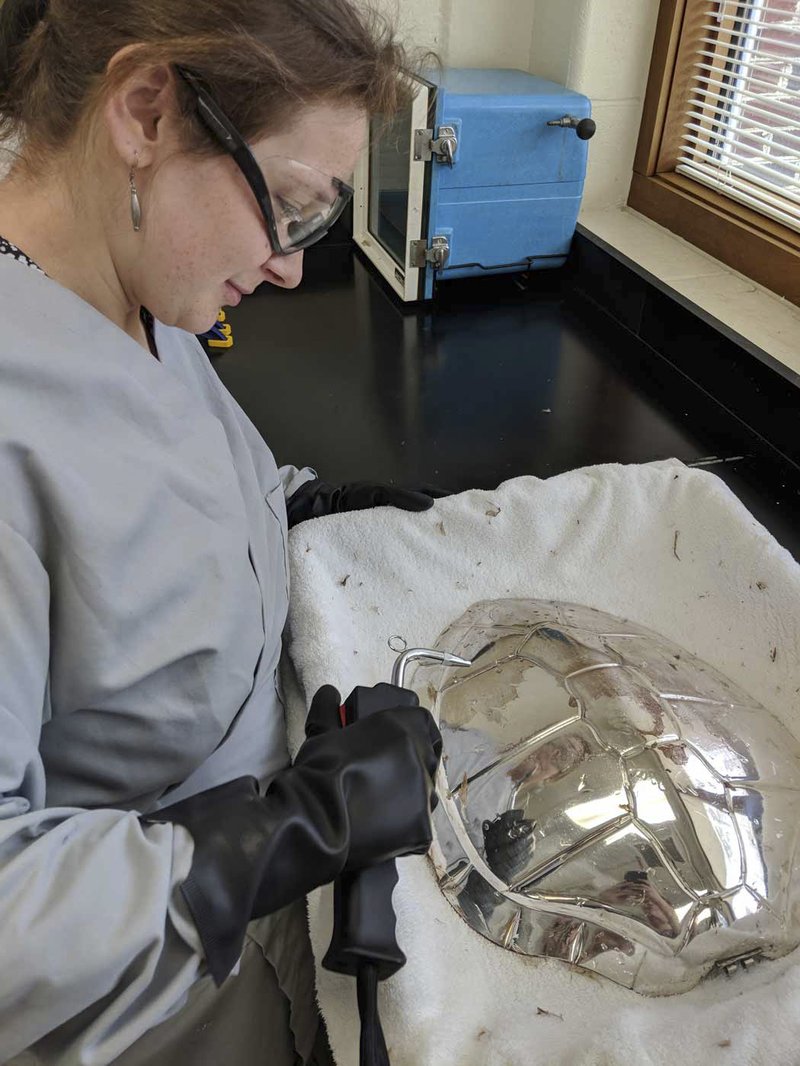
Sir Reginald was treated in the Objects Conservation Lab. The first step in treatment is always taking photographic documentation and a thorough visual examination of condition. The conservation team then removed the hinge pin between the lid and the body to treat the two halves separately without the worry of missing hard-to-reach locations.
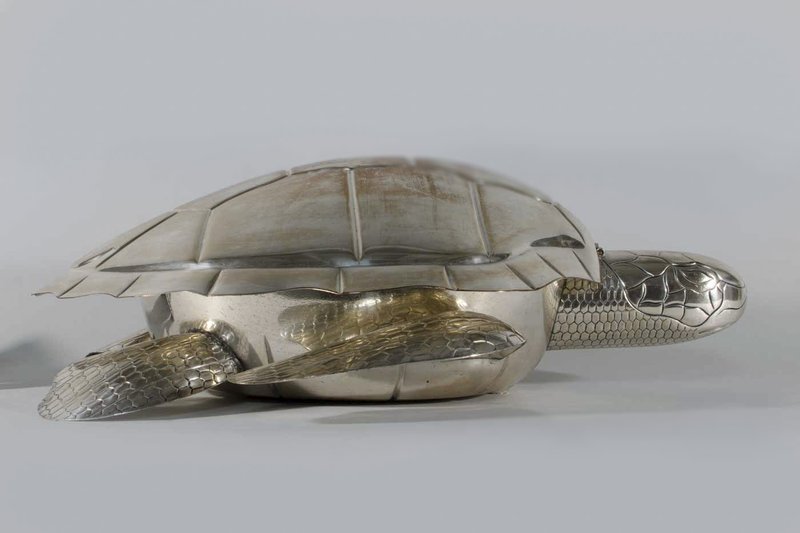
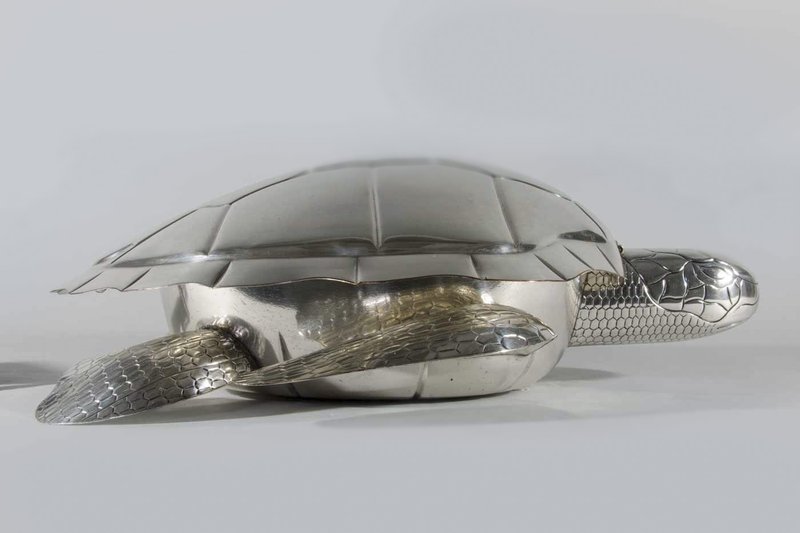
The team used steam to remove the old coating. This method produces less waste than other options involving solvents. After a light polish and cleaning, Sir Reginald was lacquered with a cellulose nitrate-based coating. This coating is not very durable. After application, the team set the two pieces of the turtle tureen aside for two weeks to make sure the lacquer was fully cured. Only then could we replace the hinge pin, take after-treatment photography, and return the object to its place in the museum.
See for Yourself
You can find this turtle soup tureen and tens of thousands of objects in our Online Collections. We also invite you to see this remarkable object in person at the Art Museums of Colonial Williamsburg and discover more amazing stories, beautifully told.
Art Museums of Colonial Williamsburg
Explore museum experiences, collections, exhibitions, virtual experiences, conservation, and more.
